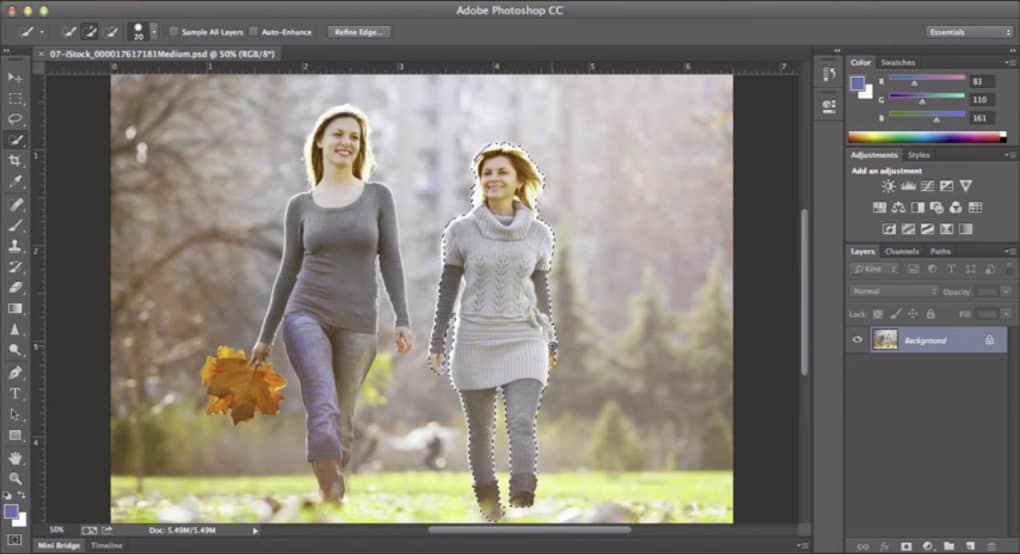

- #PHOTOSHOP FOR MAC ONLINE SOFTWARE#
- #PHOTOSHOP FOR MAC ONLINE DOWNLOAD#
- #PHOTOSHOP FOR MAC ONLINE WINDOWS#
This tool is even able to use machine-learning powered image editing when you need it. It is able to perform simple editing operations to advanced ones. Pixelmator is a well-known photo editor for Mac users to edit images.
#PHOTOSHOP FOR MAC ONLINE WINDOWS#
It is available to use on Android, iOS, and Windows as well. The user interface is also simple and swift. It offers a good range of features that you can benefit from easily. You can use it to make illustrations and textures as well. It is an editing tool especially based on open-source platforms like Linux and Unix.
#PHOTOSHOP FOR MAC ONLINE DOWNLOAD#
Just download them once into your mobile or computer, and you can start editing your photos. You won’t have to rely on the internet for editing purposes. These are some of the best Photoshop alternatives that you can use to edit your pictures offline. So, if you only need basic features, or not able to use Photoshop, you should try out some good Photoshop Alternatives. A lot of casual users find it very complicated.
#PHOTOSHOP FOR MAC ONLINE SOFTWARE#
However, being so feature-rich, it is a heavy software that not everyone is able to use. It is the best way to remodel, tune, or refine your pictures effectively. Adobe Photoshop is the most popular and widely used photo editing software that has tons of features and functionalities. Photoshop is the first word that pops up in our minds when we discuss editing photos. 1 Best Photoshop Alternatives You Should Use in 2020:īest Photoshop Alternatives You Should Use in 2020:.With the image open in Photoshop, select File > Save As.You'll use the Save As command to save files in the PSD format, as well as other common formats like JPEG and PNG. As you start to gain more experience with Photoshop, this process will begin to feel quick and natural. Before saving an image, take a moment to consider the type of files you'll need. Because none of these edits are too complicated, you probably don’t need to save a separate PSD version of each image.Īs you can see, the saving option you choose will vary from project to project. In this case, you could open the original image files in Photoshop, make the necessary adjustments, then save a new version of the edited photos as JPEGs. You'd just like to make some quick adjustments in Photoshop, like cropping and rotating, before sharing them. Let’s say you're planning to share some photos from a recent vacation with your friends. And because it will eventually be posted online, you'll also want to use Save for Web to create a new JPEG version of the finished image. This way, you can easily continue editing the file later on. Because you'll likely edit and revise this type of project, you'll want to save it as a PSD file.

You've been given a photo to include, and you need to add some text with the company name. Let's say you're asked to create a new header image for a company website. Let's take a look at a couple of scenarios to see why you might choose different saving options. Ultimately, the saving option you choose will depend on what you need to do with the image. You can see that the Web version has a much smaller file size than the original and PSD versions. In the image below, you can see three different versions of an image file: the original JPEG file, an edited PSD version, and a final JPEG version that's been resized and saved for the Web. Save for Web also includes several helpful features for preparing images for the Web, including the option to resize images. This tool allows you to save images that are optimized for the Web, which will make them easier to download and view online.


 0 kommentar(er)
0 kommentar(er)
